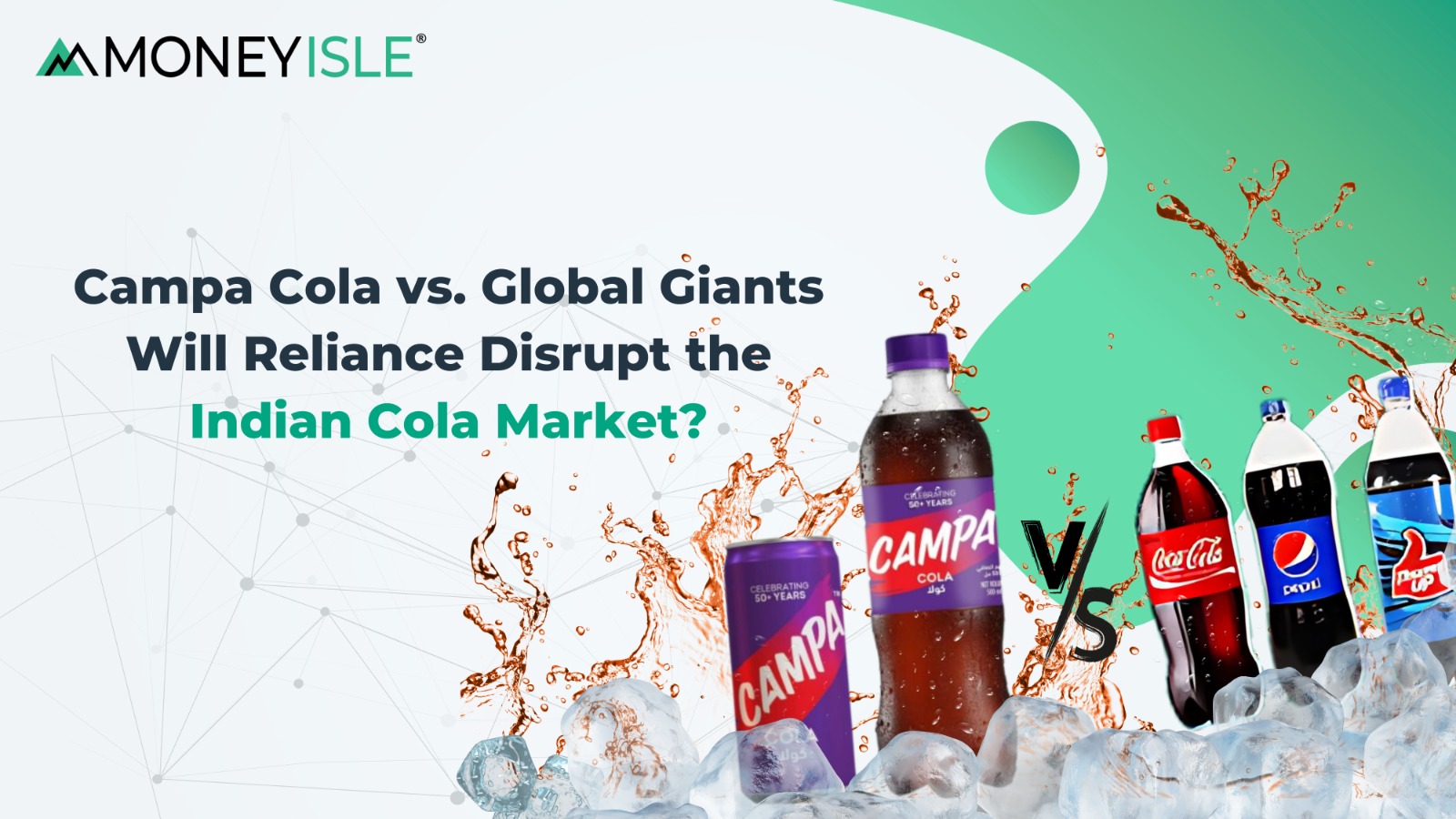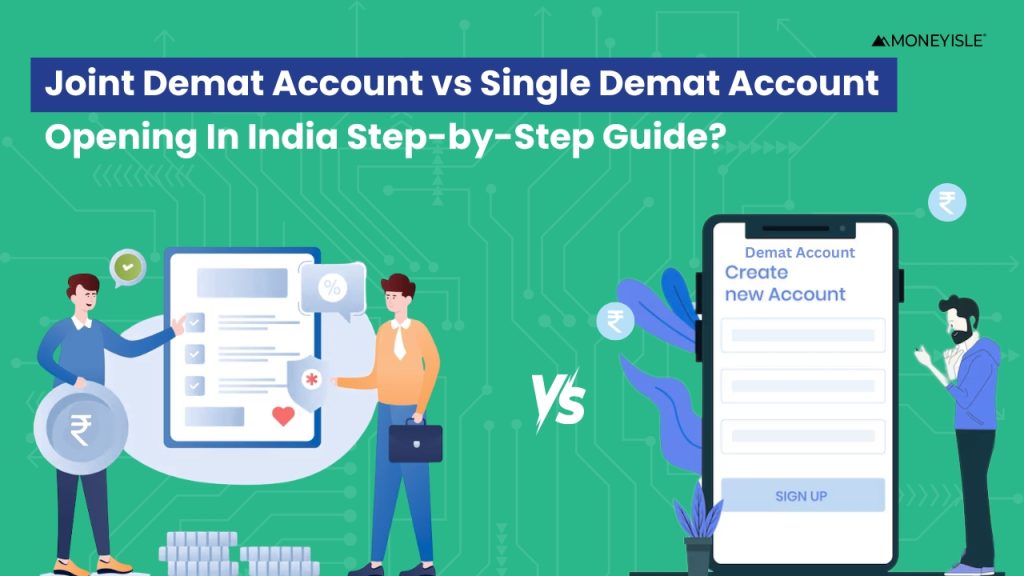The Indian cola market, valued at approximately $4.6 billion, is witnessing a strategic shift as Reliance Consumer Products Limited (RCPL) reintroduces Campa Cola, positioning itself as a formidable campa cola share price contender against global titans Coca-Cola and PepsiCo. Unlike the liberalization wave of the 1990s, when global brands overtook domestic players, the dynamics in 2025 are considerably different. RCPL brings not only nostalgia but also deep financial resources and an unmatched strategic playbook.
1.Price Leadership: Learning from Telecom Disruption
RCPL is mirroring its telecom playbook by adopting an aggressive pricing strategy in the cola segment.While smaller SKUs may be comparably priced, pepsico india share price larger family sized formats particularly the 2 litre bottle of Campa Cola are offered at 30%–40% lower prices than equivalent offerings from Coke and Pepsi. This price sensitive approach appeals directly to the Indian consumer mindset, which continues to prioritize value. If Reliance’s past success in Jio’s telecom revolution is any indicator, this price war could dramatically reshape consumer preferences in the beverage space.
2. Distribution: The Battlefield of Scale
Global players like Coca-Cola and PepsiCo still dominate with expansive distribution networks, reaching over 3 million retail outlets across India. RCPL, while leveraging its existing network of 2,500 Reliance Retail stores and over 5 lakh kirana stores, faces an uphill task in matching this reach. However, with Reliance’s ecosystem spanning retail, supply chain, and logistics, scaling distribution is only a matter of time, not feasibility. The question is how fast RCPL can bridge this gap to ensure shelf presence nationwide.
3. Desi Branding and Consumer Sentiment
Campa Cola is attempting to capitalize on growing nationalism and “Vocal for Local” sentiment, a trend evident Coca-Cola Company Share Price across sectors. Indian consumers increasingly prefer brands that reflect domestic values and nostalgia, and Campa Cola is positioned to exploit this emotional connect. Historically, Coca-Cola’s most successful brands in India Thums Up and Maaza were originally Indian brands, acquired during its market re-entry in the early 1990s. This suggests that local taste and heritage remain strong influencers, and Campa Cola could leverage this to capture market share.
4. Health Consciousness: The Next Inflection Point
Despite ongoing criticism from health experts about the negative effects of sugary and carbonated beverages, consumption in India has remained strong. However, the market is approaching a turning point where demand for healthier options is expected to rise. This presents a strategic opportunity for RCPL to eventually pivot its offerings toward low sugar, organic, or fortified alternatives, a space where both Coke and Pepsi have struggled to establish dominance. If timed right, Campa Cola could lead the next wave of “healthy beverages” in India.
5. A Strategic Long Game
Unlike earlier Indian brands that succumbed to multinational competition, RCPL has both the resources and patience to play the long game. With campa cola company new delhi strong financial backing, a growing retail footprint, and cross industry synergies, Reliance is uniquely positioned to disrupt the status quo. The battle will not only be fought on price and reach, but also on brand loyalty, innovation, and adaptability.
Conclusion
The resurgence of Campa Cola under the Reliance banner is not merely a rebranding effort it’s a strategic challenge to the cola duopoly. With favorable pricing, desi positioning, and long term planning, RCPL could very well redefine the future of the Indian soft drink market NSE . This time, the Indian challenger is better funded, more patient, and far more ambitious.











